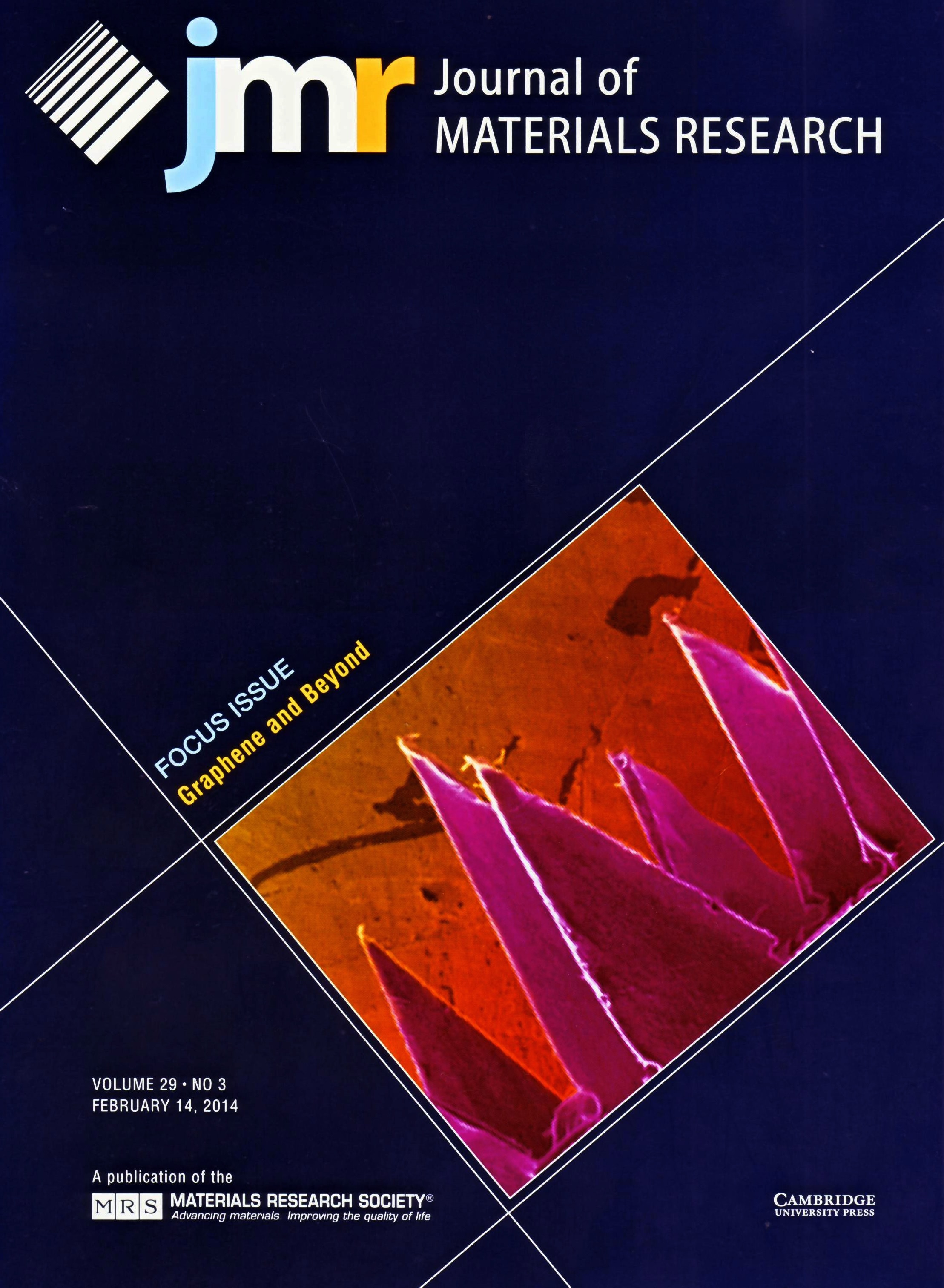This project aims to develop a scalable manufacturing route for reliable field emission cathodes. By using state of the art and innovative processes, field emission has increased by over 400%. The latest device design has been manufactured and is currently being tested at Los Alamos National Laboratory.
StudentSupervisor |
AdvisorDr Claire Barlow FundersCONACYT AFOSR |
Introduction
Advanced cathode materials are needed to produce stable, high current electron beams needed for compact, high power, high frequency, vacuum electronic devices. Current state of the art thermionic cathodes require high operating temperatures, resulting in inefficient power consumption, poor reliability, and shorter lifetime.
The high powers associated with thermionic cathodes require the incorporation of device cooling, which in turn leads to additional complexity and added weight, both of which are undesirable. Field emission (FE) cathodes are an appealing alternative to thermionic cathodes due to significant reduction in power requirements for such operating devices. Power reduction in the FE devices also offers an opportunity to reduce the size of the cathode device significantly.
Experimental
FE characterization was carried out in an ultrahigh vacuum chamber whose base pressure was 4.0 × 10−7 Pa. A stainless steel anode probe tip (7 mm diameter) was aligned with the CNT fiber with the use of two orthogonally situated cameras looking through two different windows on the chamber. One camera was equipped with a long working distance objective to accurately determine the anode-cathode gap distance d. The gap d was varied with integrated stepper motors capable of 2.5 μm travel per step. With the gap distance set and the cathode grounded, the voltage on the anode was first increased, with a Keithley 2410 source meter, at a rate of 1 V per 10 s from 300 V to the maximum of 1000 V (forward sweep). Thermal images of the fibers were captured during the FE experiments with an infrared camera that was attached to a long distance microscope mounted on the FE chamber.
Results
Both carbon nanotube (CNT) fiber and film cathodes showed stable emission in the current range of 1–2 mA with maximum cathode temperatures less than 1000 °C.
A compound cathode made from four laser-patterned CNT films stacked together emitted greater than 8 mA of current.
The CNT cathodes analyzed in this study showed considerable promise by demonstrating the potential for scalability into large area arrays that could be used to generate the high current densities required for advanced device development.
Applications
- Microwave power amplifiers
- Miniature x-ray sources
- Mass spectrometers
- Ion propulsion
- Electron guns
Publications
- M. Cahay, P. T. Murray, T. C. Back, S. Fairchild, J. Boeckl, J. Bulmer, K. K. K. Koziol, G. Gruen, M. Sparkes, F. Orozco and W. O'Neill. Hysteresis during field emission from chemical vapor deposition synthesized carbon nanotube fibers. Appl. Phys. Lett. 105, 173107 (2014).
- Steven B. Fairchild, John S. Bulmer, Martin Sparkes, John Boeckl, Marc Cahay, Tyson Back, P. Terrence Murray, Gregg Gruen, Matthew Lange, Nathaniel P. Lockwood, Francisco Orozco, William O’Neill, Catharina Paukner and Krzysztof K. K. Koziol. "Field emission from laser cut CNT fibers and films." Journal of Materials Research, Volume 29, Issue 03 2014, pp392-402.


